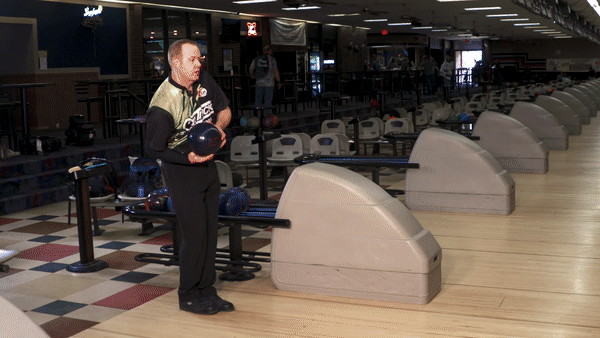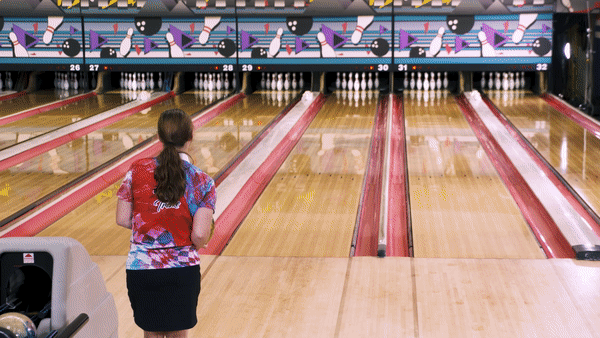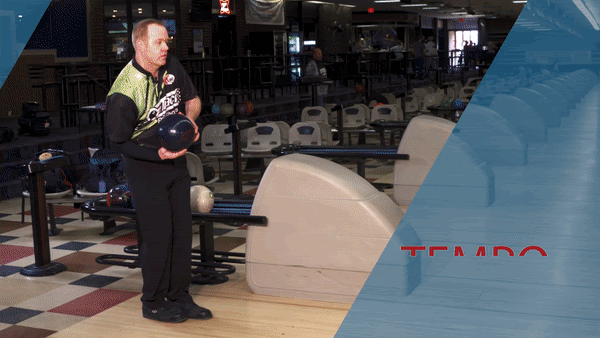Bowlers love to practice their release, but in order to have a good release, you need good timing.
Your slide foot's first step on the approach needs to occur in time with the ball-start, which is step one for four-step-bowlers and step two for five-step-bowlers.
The next place in the approach where timing is evaluated is the pivot step. The pivot step is the last step before the slide.
The compression of the pivot step and the bowling ball needs to meet at the peak of the backswing.

Late with the Ball
Late ball-start to backswing results in pulling through the shot.
The bowling shoulder over-rotates and forces the hand to go around the ball.
The ball travels inside the target and desired ball path.

Early with the Ball
Early ball-start to backswing results in the bowling ball missing at the release and loss of leverage.
The bowling shoulder is ahead of the pivot step resulting in an unintended consequence where you begin to turn the ball early in the backswing.
The ball never picks up, and it stays outside.

Good Timing
When your ball-start is in time with your backswing, you’ll have good leverage in the finish position and a good release.
This results in a good ball roll and proper entry angle into the pins for a strike.

Tempo
Tempo in bowling, by definition, is the pace of your steps as you deliver the bowling ball.
Your physical attributes should dictate your tempo.

Shorter Players
Tempo for shorter players should be quicker than taller players. Shorter players need more ball speed. In order to accomplish this, their tempo needs to be quicker.

Taller Players
Tempo for taller players needs to be slower than shorter players. Taller players need to control the momentum generated from larger steps, ultimately trying not to throw the ball too fast.

Good Timing vs. Bad Timing
Regardless of size or bowling style, timing can be gauged with the non-slide foot and where the bowling ball is during the swing.

The ball-start should occur on your first step with your non-slide foot.
Remember, this differs based on how many steps you take.
The second place to assess good timing is when you take your pivot step. The height of the backswing should be at its peak during the compression of your pivot step in order to achieve maximum leverage during the release and balance in the finish position.
One example of bad timing happens when your feet are moving too quickly, resulting in your body being ahead of the ball in the backswing. This requires you to muscle or pull through the shot leading to inconsistencies in targeting.
If your feet are too slow from the ball-start in the stance, your arm swing will be ahead of the pivot step. Timing will also be off in this example, and again, arm swing will be adversely affected, leading to more errant shots.
Technique, tempo, and timing are traits that you need to understand as a bowler. After you release the bowling ball, you need to post your shot and evaluate your bowling ball's motion.
If it isn’t matching up to the lane condition, you need to decide if it’s the lane or if it’s you.
The key to making adjustments is to make them after you’ve thrown a good, fundamentally sound shot and it resulted in ball motion you weren't expecting.
The best bowlers in the world learn to anticipate these moves and actually adjust before the unexpected ball motion occurs because they have been there and done that.

This tip is sound however with no sound? The lesson given here would be best served with a "narrative" at each of the video referenced rather than merely with accompanying "read" thru -// typically, these are "tips" are done with a narrative" - why not on this one??
Great information, Ty....